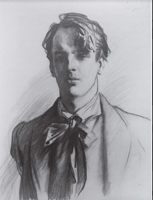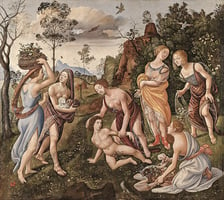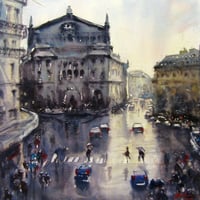Portrait-drawing is a unique and rewarding art form that can be enjoyed by people of all ages and...
"Ivan Kramskoi: The Preeminent Russian Painter and Iconographer"
Ivan Kramskoi (1837-1887) was a Russian realist painter who was a major figure in the development of Russian art in the 19th century. He was also a member of the Peredvizhniki, a group of realist painters who opposed the romantic art of the Academy of Arts. Kramskoi's work was heavily influenced by Russian iconography, and he often used religious and moral themes in his works.
Kramskoi's early works were mainly landscapes and portraits. He gained recognition with his painting Christ in the Desert (1872), which won a gold medal at the St. Petersburg Academy of Arts. This painting was praised for its realism and its ability to convey the spiritual essence of a scene. Kramskoi's portraits of fellow Peredvizhniki artists, such as Ivan Shishkin and Vasily Polenov, became some of his most famous works. He was able to capture the psychological complexity of his subjects, as well as their physical likeness. He also painted several portraits of famous Russian writers and poets such as Lev Tolstoy, Fyodor Dostoevsky, and Alexander Pushkin.
Kramskoi was also an important art theorist, and his writings helped to shape the development of Russian art in the late 19th century. He championed the cause of realism in art, and argued for the importance of an artist's individual expression. He was also highly critical of the Academy of Arts, which he felt had become too conservative and traditional. Kramskoi's legacy is felt throughout the world of Russian art. His realistic approach to painting and his commitment to social reform continue to inspire modern Russian artists. His work is celebrated in Russia and around the world, and he is remembered as one of the most important Russian painters of the 19th century.



